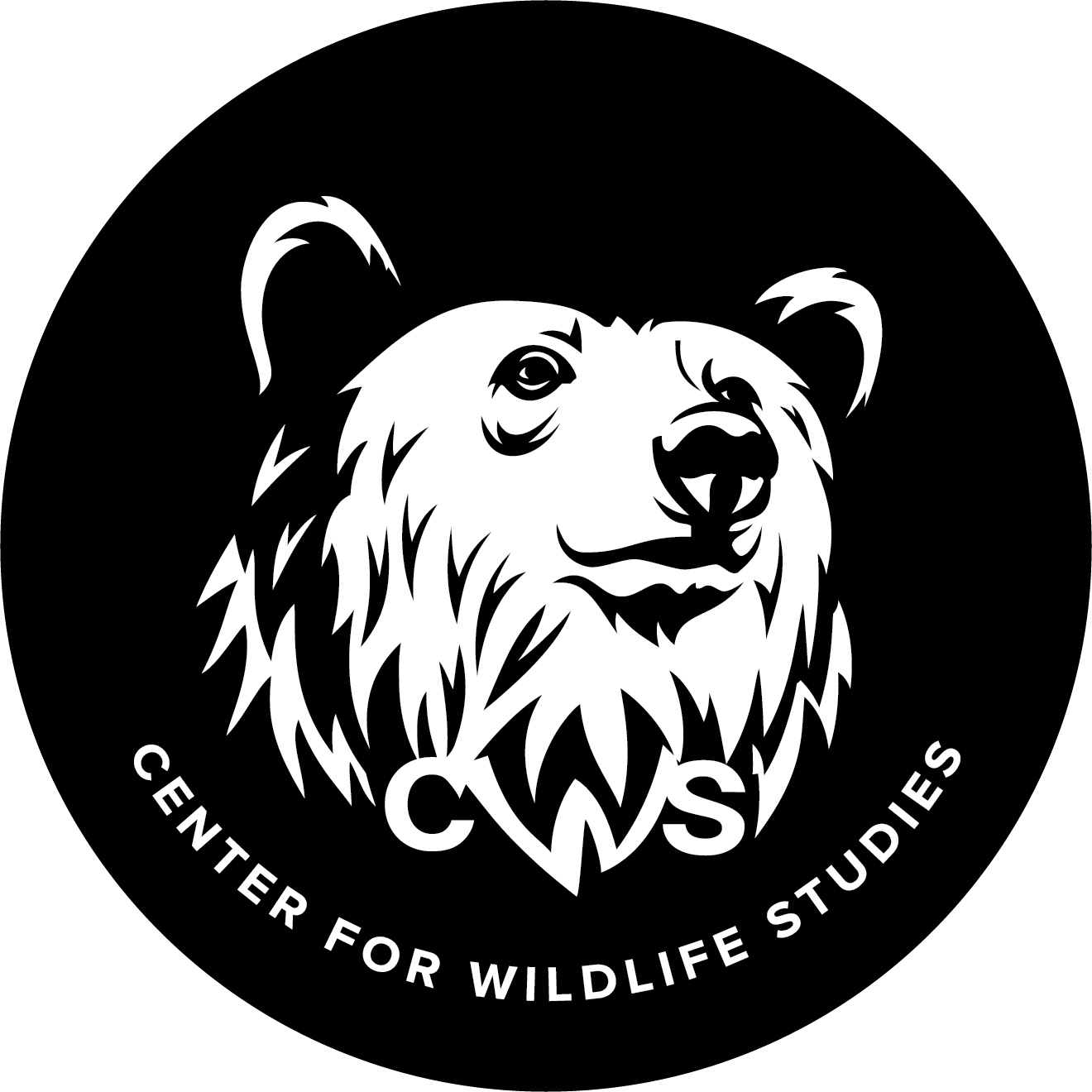CWS Joins Global Effort to Stop the Next Pandemic Before It Starts
Center for Wildlife Studies (CWS) has joined a global effort to stop future transmission of zoonotic viral diseases from animals to humans. STOP Spillover is a global consortium funded by USAID and led by Tufts University that is working to understand and address the risks posed by known zoonotic viruses with the potential to spill over from animals and cause outbreaks, epidemics, and pandemics in humans.
CWS Vice President Dr. Tristan Burgess, brings in his breadth of experience in wildlife medicine, epidemiology, and emerging infectious diseases to the STOP Spillover project as Wildlife Field Team Lead. Along with Dr. Burgess, a consortium of experts in veterinary and human medicine, public health, environmental science and social sciences will develop country-specific, sustainable approaches to prevent future outbreaks in these high-risk communities.
“Center for Wildlife Studies is excited to be a small part of this important global project,” said Burgess. “We’ve all seen during the COVID-19 pandemic how severe the threats posed by viral spillover can be and the impact that viral spillovers can have on society. STOP Spillover is taking the next steps in preventing future spillovers, outbreaks, and pandemics.”
The five-year project will work closely with 10 priority countries where the start and spread of zoonotic viruses from animals to humans are most common. The hope is to better understand the root causes of viral spillovers in these hotspot countries and institutionalize practices in the local communities and governments to prevent future spillover and global spread.
“More than 70 percent of new, emerging, and re-emerging infectious diseases originate from animals,” said Dr. Deborah Kochevar, STOP Spillover Project Director. “The next pandemic and the next viral spillover from animals to humans are not inevitable; they can be prevented if we understand the risks and act.”
To learn more visit: STOP Spillover

